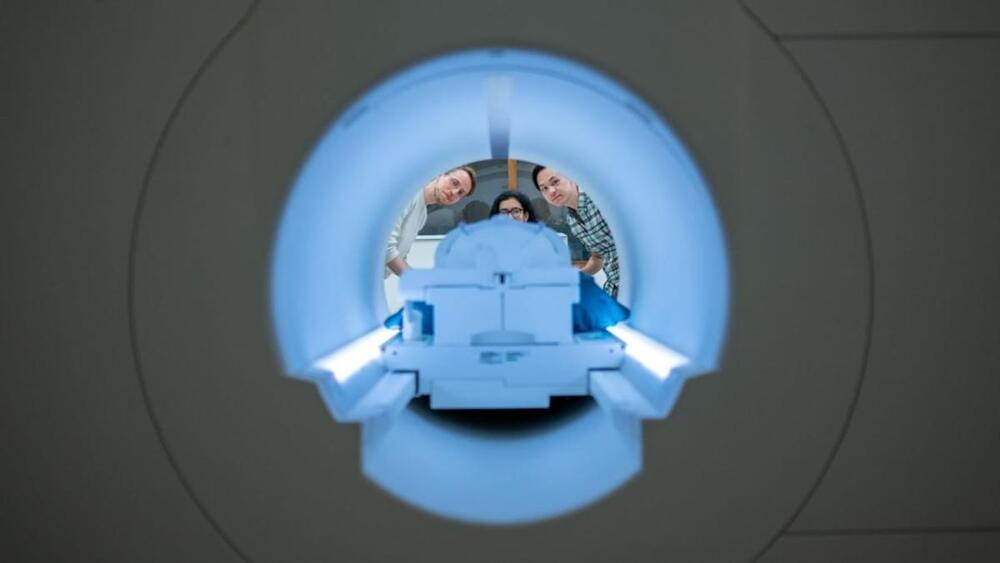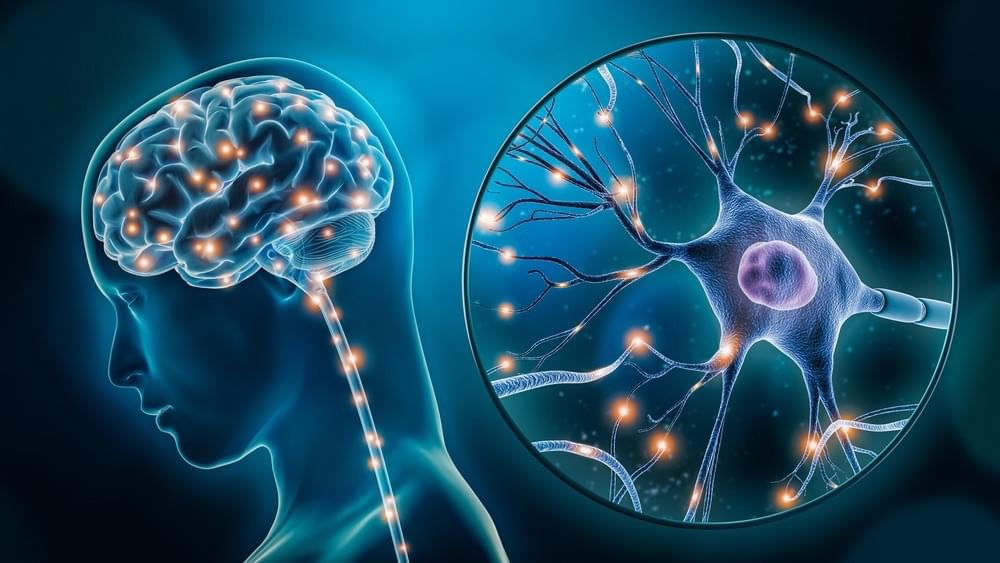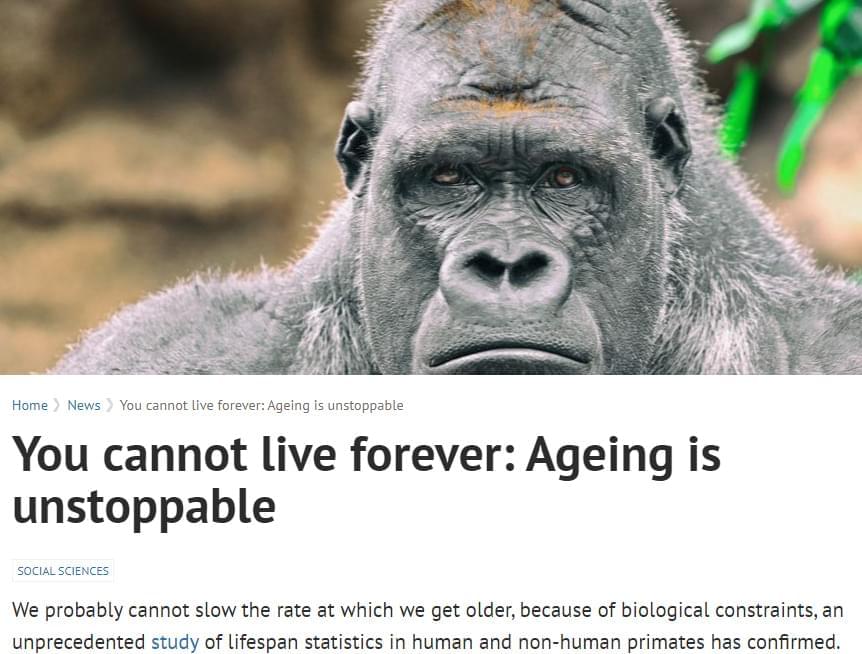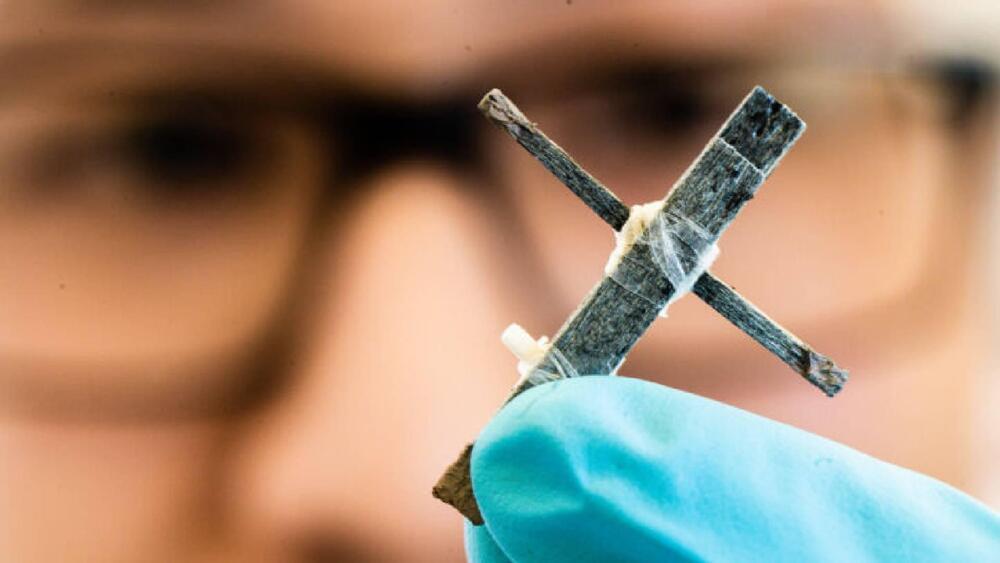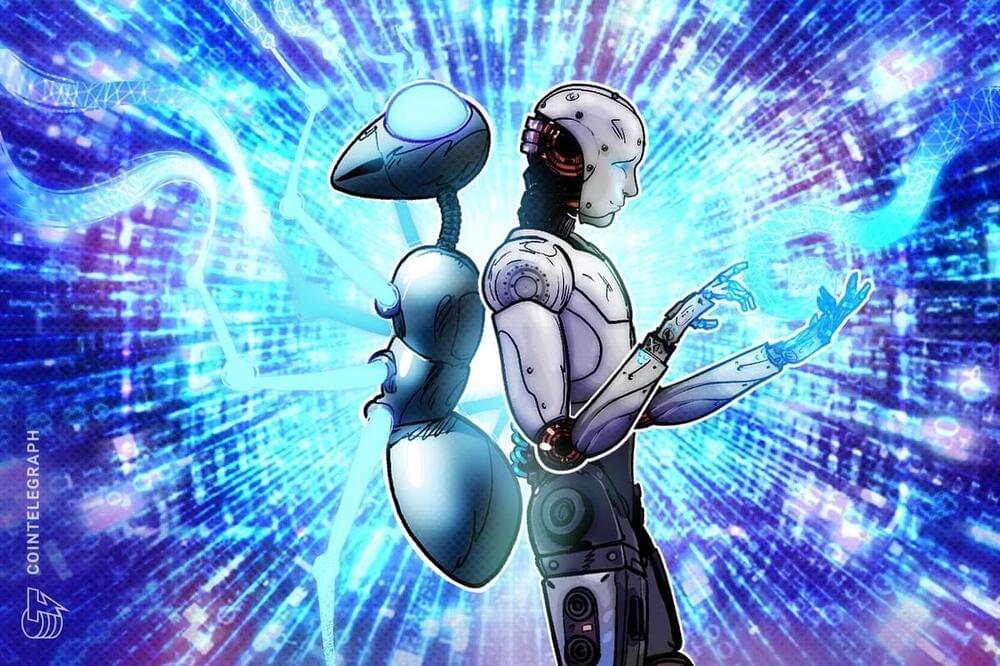Geoffrey Hinton, who has been called the ‘Godfather of AI,’ confirmed Monday that he left his role at Google last week to speak out about the “dangers” of the technology he helped to develop.
Hinton’s pioneering work on neural networks shaped artificial intelligence systems powering many of today’s products. He worked part-time at Google for a decade on the tech giant’s AI development efforts, but he has since come to have concerns about the technology and his role in advancing it.
“I console myself with the normal excuse: If I hadn’t done it, somebody else would have,” Hinton told the New York Times, which was first to report his decision.

